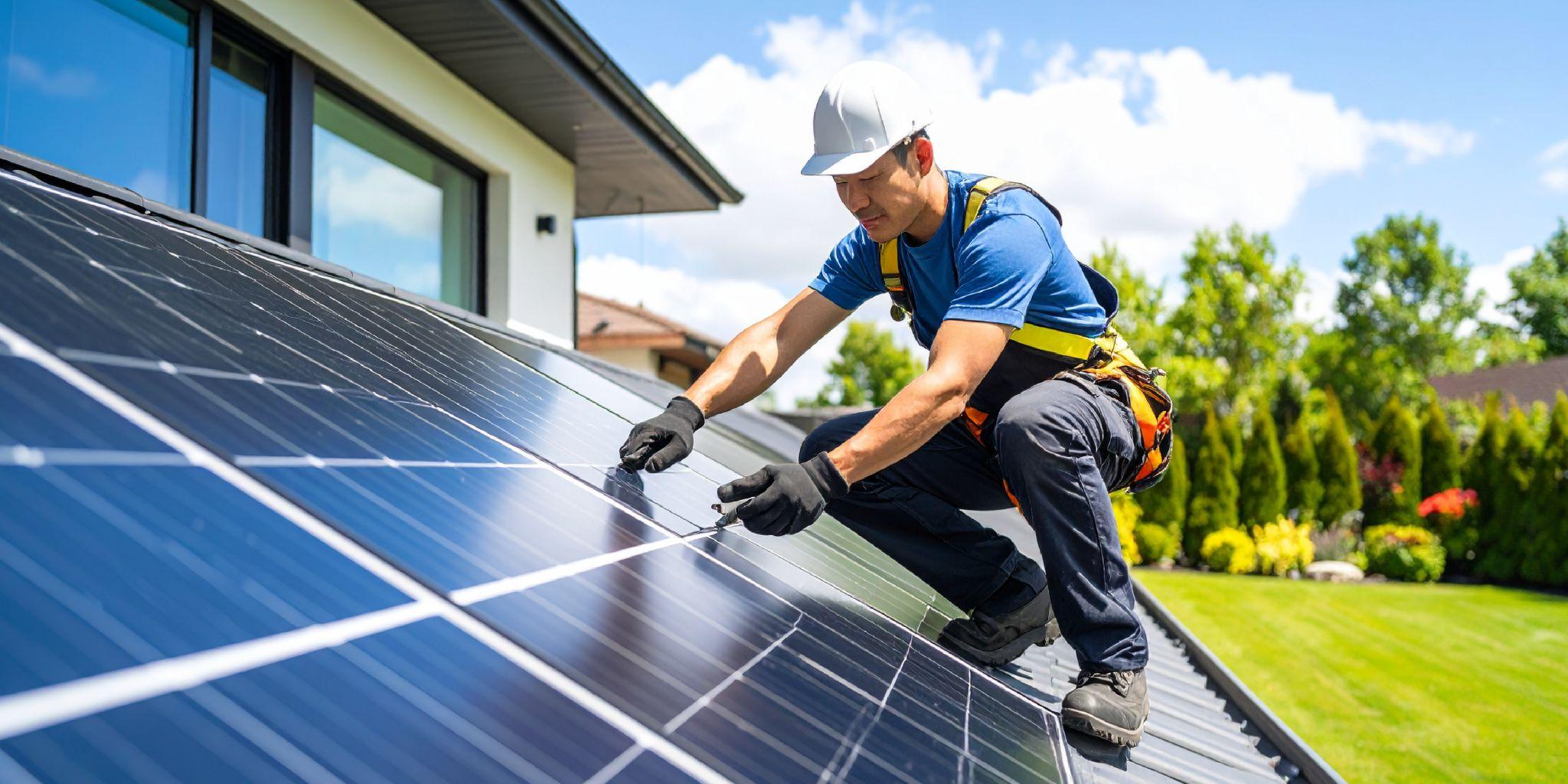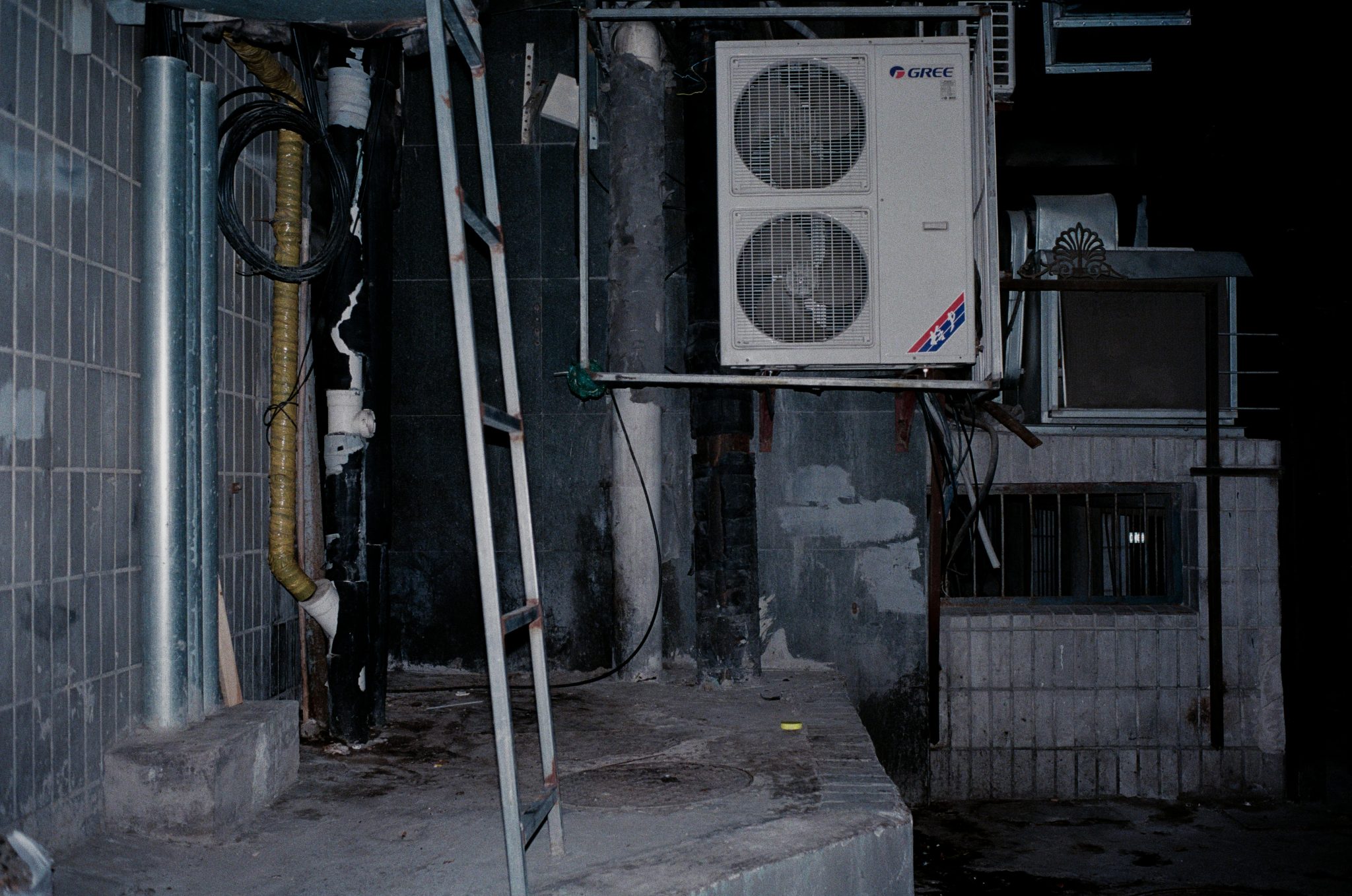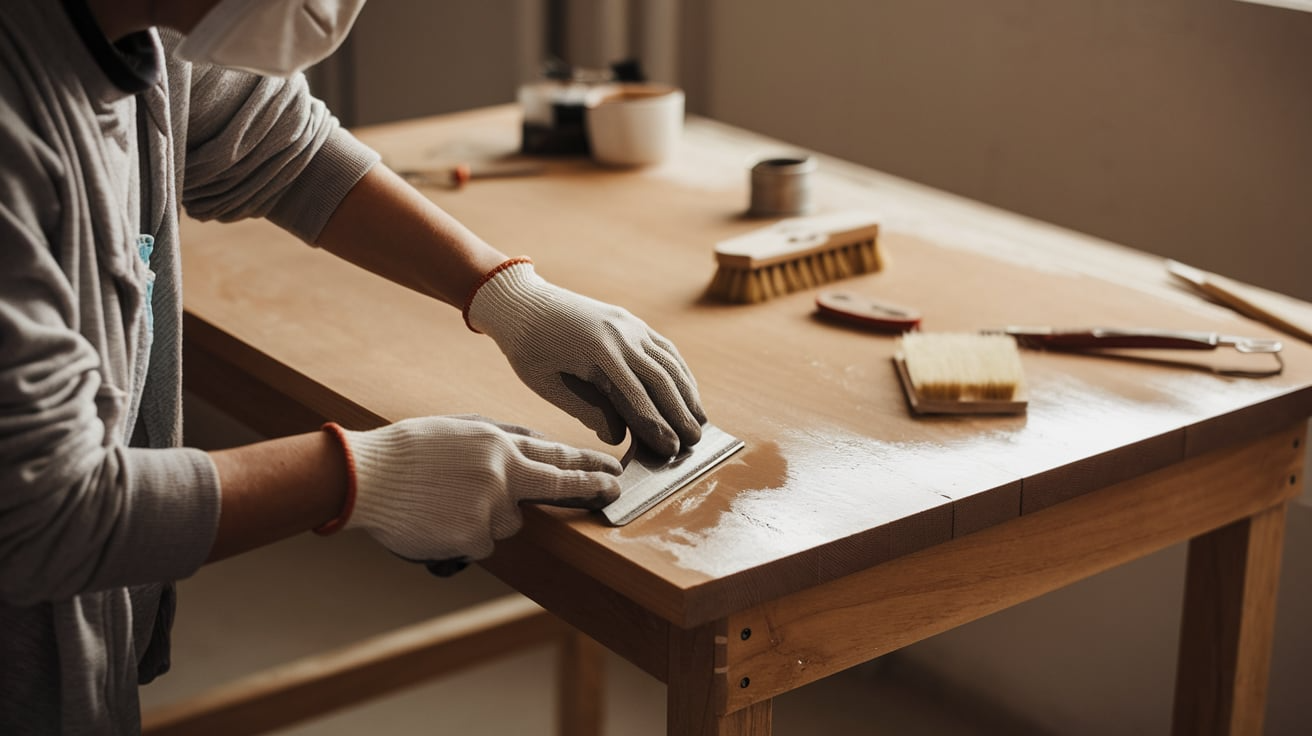A Financially Responsible Guide to Home Insulation: Preparing for the Winter Without Going into Debt
You may be able to accomplish several important goals by insulating your home. These include reducing your heating and cooling bills, keeping the inside at a pleasant temperature, and making your home more energy efficient.
However, there are cases when the financial burden of house insulation measures is too great to be practical. As luck would have it, there are a variety of affordable options available to homeowners who want to increase their home’s insulation without going into debt.
WoodVeneerHub, an organisation that deals in decorative panels, created this guide to ensure that it stays warm in the winter and cool in the summer.
An energy audit is the first step:
Locating the areas of your house that are losing energy should be your first order of business before installing insulation.
Energy audits are offered to consumers by several utility providers at no cost or at a much reduced rate. For these businesses, this is par for the course. An audit may help you zero in on the exact places that need it most, so you can direct your efforts where they will have the most impact.
Make sure to seal all of the doors and windows:
One cause of energy loss is the prevalence of cracks and leaks around openings intended for ventilation, such as doors and windows. Applying weather stripping or caulk to these openings is an efficient and economical way to increase your home’s insulation.
You should think about this choice. The local hardware shop should have these supplies for a few of bucks. Following that, you may independently apply the operation by following the manufacturer-supplied instructions.
Apply heat-insulating films to the windows:
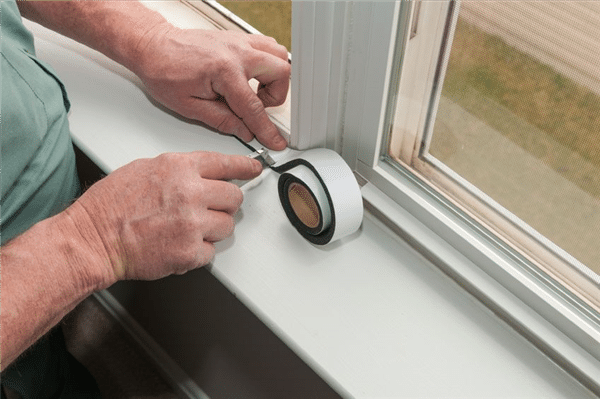
One option for insulating your windows is to use window insulation film, a plastic substance that can be applied to the inside and outside of your windows.
In addition to being cheap, this may drastically cut down on the amount of heat that escapes through the windows, making your house cosier in the winter and cooler in the summer.
If one so desires, they may install it themselves since it is not a complicated process. This may have a major impact on how much energy your house consumes.
Making use of draft catchers such as these:
A simple and inexpensive way to keep warm air in and cold air out during the winter is to put draft stoppers at the base of doors or on window sills.
Many other options exist for where to put these draft stoppers. In addition to being a cheap and eco-friendly option, making your own draft stoppers from old towels or clothes is a great way to save money.
Attic insulation needs improvement:
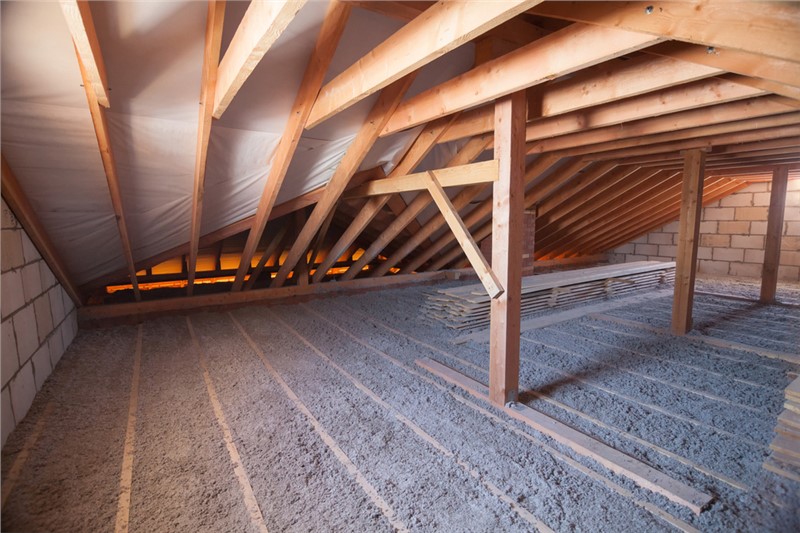
One of the most important places in your home where heat might escape is the attic. Increasing the amount of insulation in your home’s attic is a great method to make it more energy efficient in general.
It is possible to do this task with remarkable efficiency. A professional insulation installer might charge a pretty penny, but there are a number of insulating materials that homeowners can use for do-it-yourself jobs.
Materials of this kind include, but are not limited to, blow-in cellulose and fibreglass batts.
Insulation that may serve as a radiation barrier thanks to its reflective surface:
One possible way to reduce the temperature inside your house is to insulate the attic using reflective insulation or radiant barriers. When the temperature is high, this comes in very handy.
Particularly in very sunny regions, this insulation is a lifesaver. Another option that helps one’s financial condition is that it may be implemented without the assistance of a professional.
Water heaters and pipes should both be well insulated:

Water heaters and the pipes that deliver hot water may be insulated to prevent heat loss. And hence, the quantity of energy needed to heat water will be reduced. Insulation blankets for water heaters and foam pipe insulation for pipelines are both easy to install and won’t cost a fortune.
Water heaters should be covered with insulation blankets. A rapid return on investment is provided by the decrease in energy expenses that they provide.
Consider incorporating plush carpets and drapes into your interior design scheme:
Although thick drapes and rugs may help keep your home warmer by reducing heat loss through windows and floors, enough insulation is still necessary to keep your home at a pleasant temperature.
Renters or those without the means to make substantial, long-term improvements to their homes may benefit from this method’s low price tag.
Send in an application for energy programme funding:
Various governments and utility providers offer a variety of assistance packages, refunds, and subsidies. It is possible that these initiatives may cover a portion of the expense for renewable energy maintenance.
If you are interested in seeking for financial support for more extensive insulation efforts, you should explore these programmes and submit an application.
Conclusion:
Insulating your home on a budget is definitely doable if you approach it methodically and put in the necessary work on your own.
If you insulate your home using efficient and cost-effective methods, paying special attention to the areas that lose the most energy, you can improve the comfort level and energy efficiency of your home without breaking the bank.
Remember that there are other factors than the materials themselves that affect insulation’s effectiveness. Fixing any energy leaks in your house and ensuring a thorough installation were other factors to think about.




